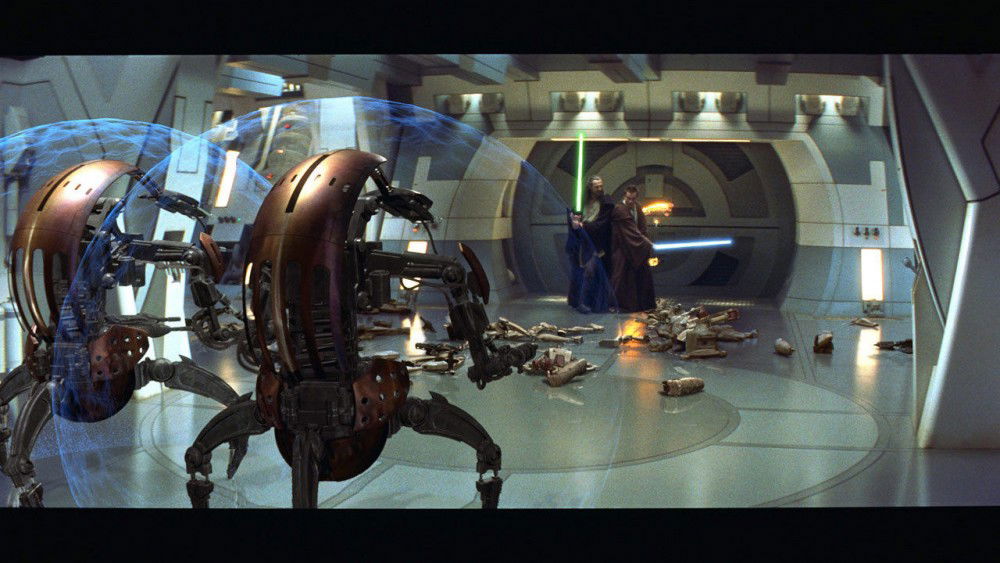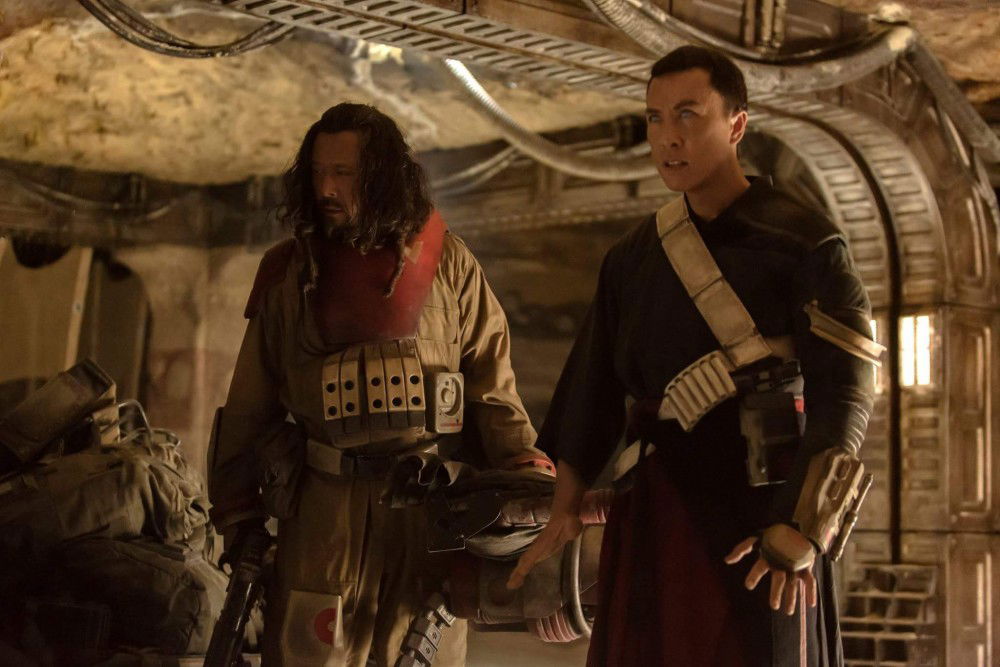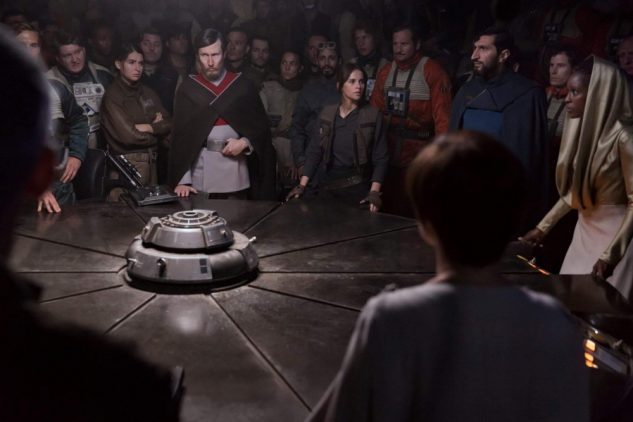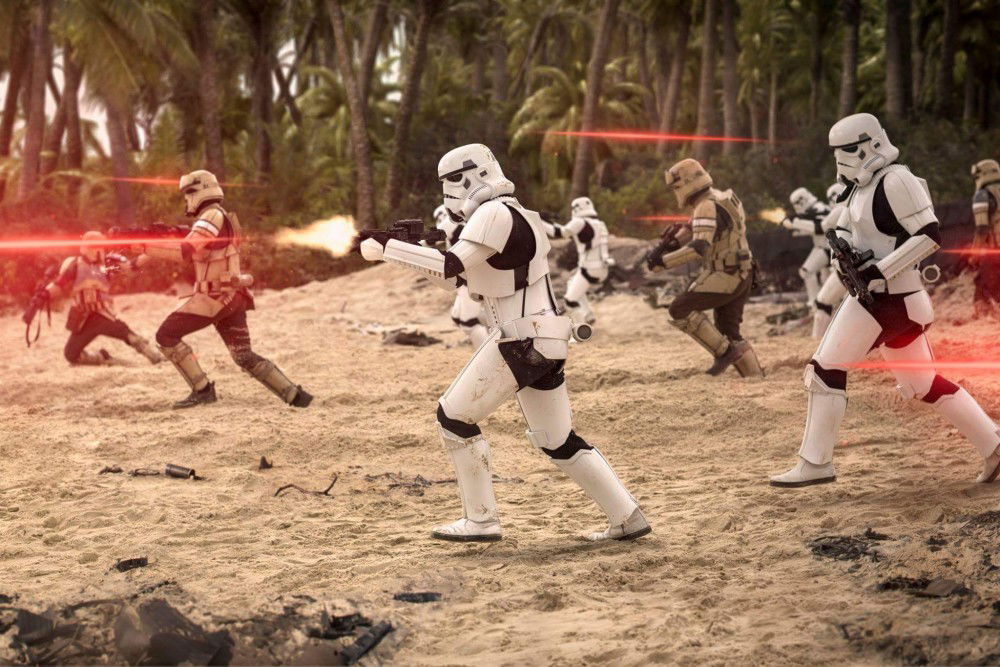I’m going to keep this as spoiler-free as possible, but I recommend reading this after seeing the movie.
I really liked Rogue One: A Star Wars Story. It’s obvious that a lot of care went into the making of the film, and I’d say that its greatest accomplishment is that it feels like a legitimate part of the established Star Wars universe. It also benefits greatly from being free of some of the restrictions that exist for numbered entries in the main series, and gets to tell its own story with a tone unique theatrical Star Wars experiences.
I grew up with the original trilogy on VHS, since I was born a year after The Empire Strikes Back came out. Until the late ‘90s, any new Star Wars material, be it comics, novels, or video games, would typically feature designs modeled after what was in those films; things in the Star Wars universe had a fairly established look. When The Phantom Menace came out in 1999, its technology was much shinier, locales more developed, and it was teeming with droids that were more advanced than anything we’d seen before. While it wasn’t all totally out of place, and ultimately helped to emphasize the impact that the Empire’s reign had on the galaxy, it took some getting used to.

Recently, The Force Awakens aimed to emulate the look and feel of the original trilogy, even bringing to life some of the unused concept art from the ‘70s. I think this was likely a major reason why many people thought it ‘felt more like Star Wars’ than the prequels; even as the plot threads for A New Hope were being set up during the ending of Revenge of the Sith, it still had that prequel-era look, despite the appearance of the Tantive IV’s interiors and the sunset over Tatooine. But where The Force Awakens emulated, Rogue One completely nailed that classic look so well that it just felt like a natural part of the series. Alliance equipment was lower tech and looked thoroughly worn and used, while Star Destroyers had almost a plastic-like quality that matched the physical models made by ILM so long ago. Costume designs were spot-on. New elements like the Death Troopers and TIE Strikers blended in with the old and didn’t look out of place. Rogue One fits in a way in which there is no question that the Battle of Yavin is right around the corner.

There were a number of surprise inclusions that cemented the film’s place in the timeline, a few of which I’m sure will be controversial. I was glad Darth Vader was used sparingly, and enjoyed his scenes even if the actor in the suit didn’t have the presence of David Prowse. The central group of characters were for the most part interesting, and I wished we had gotten to spend more time with a few of them, namely Donnie Yen’s Chirrut and Alan Tudyk’s K-2SO. The movie thankfully didn’t spring an unknown surviving Jedi on us, but did feature another untrained Force-sensitive character like The Force Awakens’ Maz Kanata.

One of the common praises I hear people give this movie is about how it actually showed the ‘war’ part of Star Wars, and moved beyond the main series’ structure of following the adventures of a main group of three heroes. The film definitely had the tone of a war movie, and very early on gave a bit of a new angle on the Rebellion. Its members were uneasy and frequently disagreed as their struggle became ever more desperate. It was a welcome perspective.
When Disney and Lucasfilm announced their intent to make anthology movies set in the Star Wars universe, some felt it was unnecessary and that there was no good reason for it. Rogue One: A Star Wars Story showed that there is room in the galaxy for movies set outside of the main series, and I’m very optimistic about the upcoming Han Solo film.



